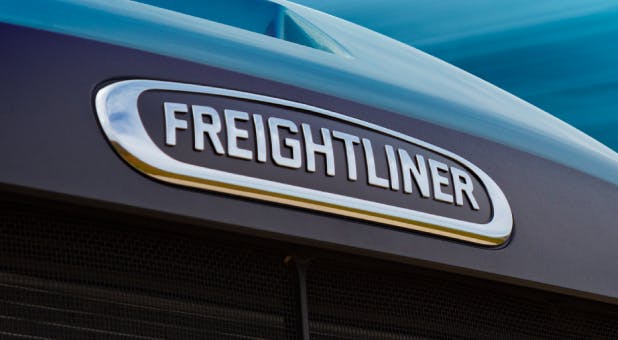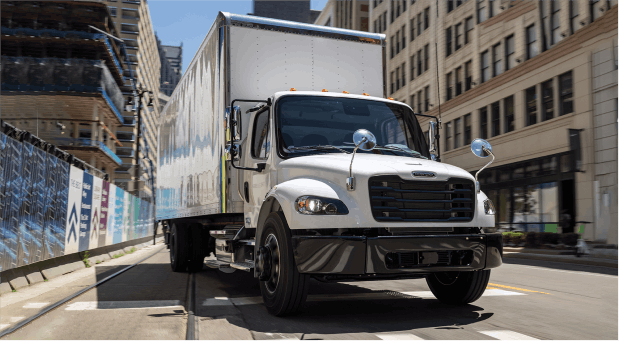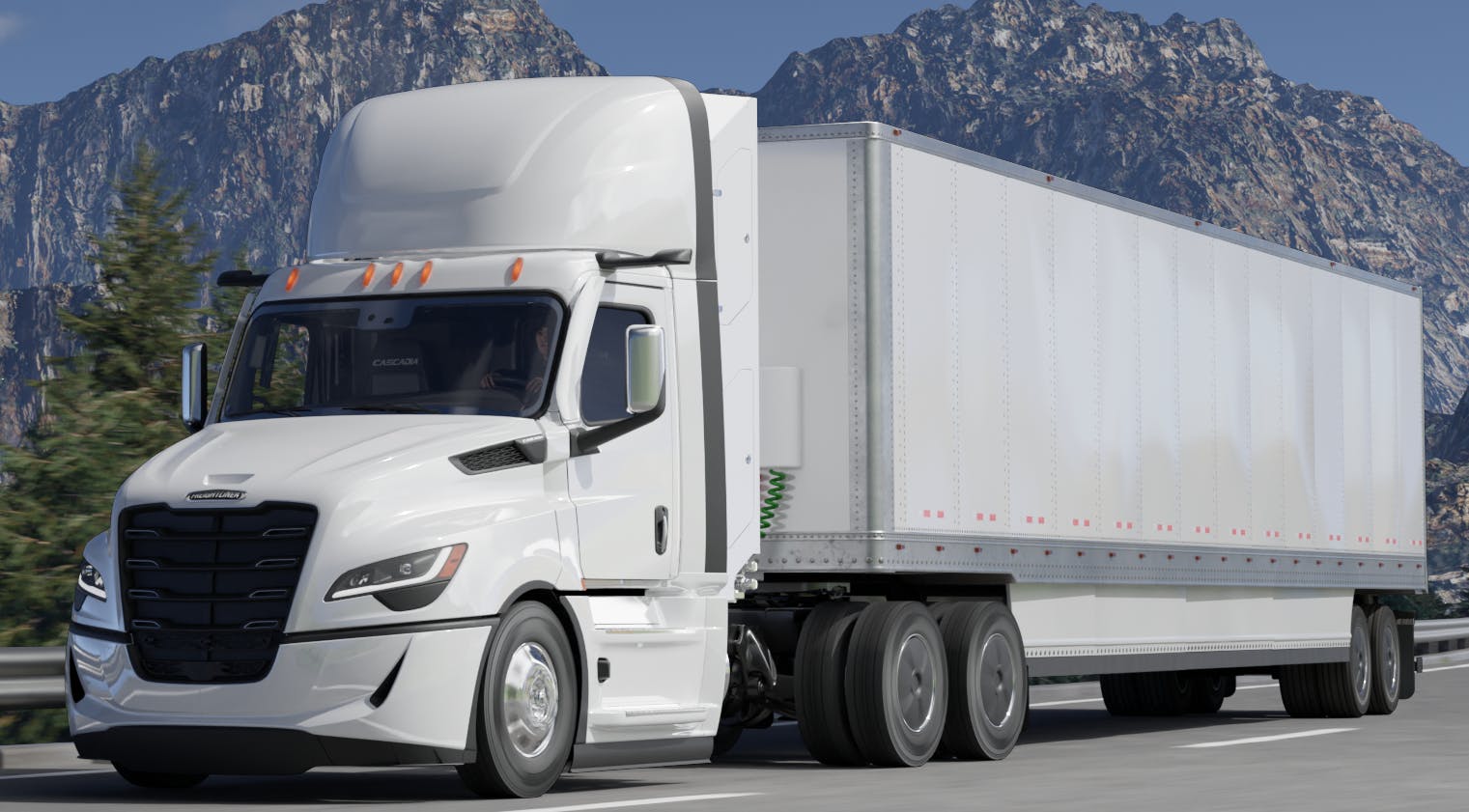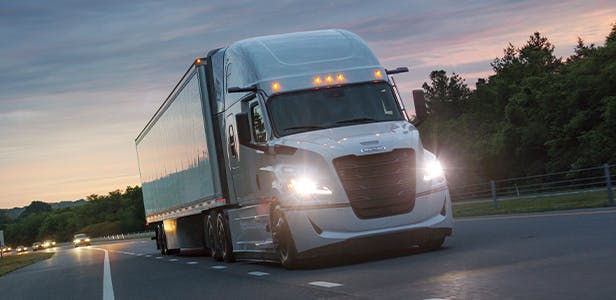Charging Infrastructure: Bringing Power and Sense to a Complex Landscape
Freightliner Electric Trucks
If you’re curious about integrating EVs into your fleet, you need to know about more than just electric trucks. It's also important to understand the equipment that powers them – and the industry hurdles that currently stand in place before widespread adoption.
Understanding Electric Vehicle Infrastructure
Industry regulations do present a formidable challenge, but also the opportunity for environmental stewardship and cost savings.
Current Industry Landscape
With the surge of electric vehicles (EVs) in the market today, driven by stringent emission reduction policies, we are witnessing a remarkable shift towards sustainable transportation.
These regulatory drivers not only reinforce the urgency of developing and deploying electric vehicles but also emphasize the need for a robust infrastructure to support them. For those operating in the medium and heavy-duty vehicle market, it's essential to understand the various factors that come into play.
Choosing the Best Charging Station for Your Fleet
The introduction of commercial vehicles in this space is fairly new, and with that comes a new demand – power.
The power needed to charge a commercial vehicle is magnitudes greater than a passenger vehicle, which can oftentimes be plugged into any existing grid.
However, when it comes to the commercial vehicle sector, the landscape changes significantly. Due to the increased stored energy capacity of commercial vehicles, charging from a CCS1 connection is not an option, making alternative charging solutions necessary.
To put things into perspective, envision a drayage fleet aiming to transition to electric semis. For their switch to be successful, they would need a substantial power supply of two megawatts to charge 20 tractors. In comparison, the average home in America consumes ~900kWh's a month, so every day those trucks will consume over 60 houses worth of power.
Choosing the right charging station to accommodate your new power needs is just as important as selecting the right truck. The easier an EV integrates with your infrastructure, the smoother your operations will run.
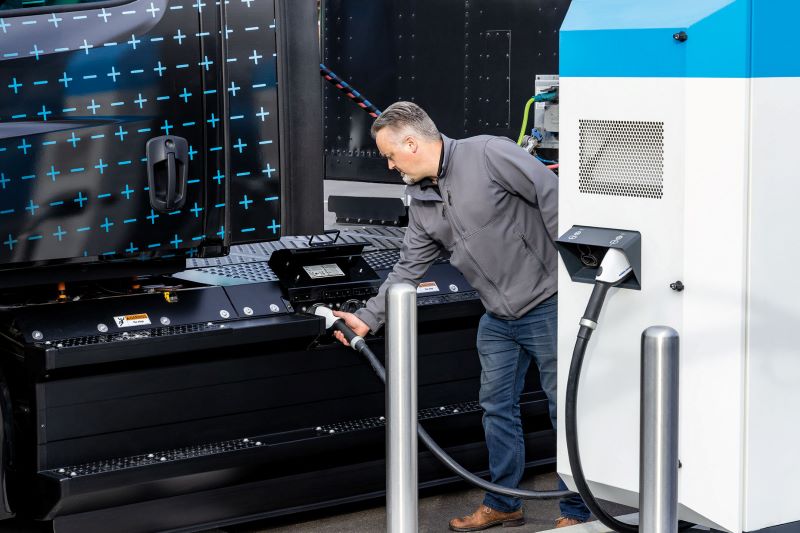
Detroit eFill Chargers are designed to integrate with the Freightliner® eCascadia® and eM2 for optimum performance and a seamless charging experience.
Plus, they’re versatile enough to charge a wide range of other electric commercial vehicles, which makes them an ideal choice for mixed fleets as well. Our Freightliner dealers also take it one step further by always being available when support is needed.
Lastly, for most all deployments and especially if you plan to deploy more than five trucks, utility engagement is a must. The utility provider can help strategically plan and secure the necessary power capacity to support the increased demand at the facility.
Public Charging Developments
Good news: There are positive developments being made in terms of public charging options – for light, medium and heavy-duty vehicles.
The National Electric Vehicle Infrastructure (NEVI) Formula Program, established in 2021 through the bipartisan Infrastructure Investment and Jobs Act, provides funding to state departments of transportation for the construction of public charging sites. This program, among other public charging initiatives, gives fleets with electric trucks greater flexibility by supporting more charging options.
Much of the Federal support for national charging infrastructure, such as NEVI, is focused on light-duty vehicles. Though public chargers have the capacity to power medium and heavy-duty vehicles, space for these vehicles to pull in and charge is much harder to come by.
Many of these public charging stations have the power necessary to charge the vehicles, and some even charge at higher rates than current vehicles accept, but accommodating tractor-trailers without blocking passenger vehicle chargers can be difficult.
Solutions like Greenlane are the game-changing leaps forward the industry is seeking. The beginning stages of this work may present challenges, but we're working to tackle them head-on because we believe in a brighter, greener future. We're actively rallying stakeholders and engaging in conversations to drive this industry-wide transformation.
Planning Your Next Move
When contemplating converting to electric, it’s crucial to envision your desired end state. This can pose a significant challenge as it requires conceptualizing a future scenario that may seem distant or unfamiliar.
We understand that every utility operates within its own unique set of practices and protocols. Similarly, each fleet customer presents a distinct set of circumstances and requirements.
One of the most exciting parts of converting to electric is experiencing, firsthand, the enhanced vehicle performance and understanding how it’s designed to benefit your bottom line.
Utilizing resources, such as Detroit eConsultants, who exist to support you and your individual needs, can ease this process. All eConsulting services are customizable to fit your needs. From analyzing power grids, to mapping out in detail how your fleet of electric trucks can achieve maximum sustainability and profitability, you'll be soon on your way to zero emissions.
Our services don’t stop there. We take ownership in your electric experience. From start to finish, we want you to feel supported every step of the way.
Powerful Rewards
As you start to consider all factors, understanding the infrastructure and planning your next steps may start to feel like an endless treadmill of challenges.
The million-dollar question: Is it all worth it?
Yes, it can be – especially for fleets that run shorter routes and can return to a depot each day to charge. Besides the potential up-front costs of an emission-free vehicle, there is also the opportunity for major long-term savings on fuel. Plus, with drivers not having to stop for fuel through the day, they can spend less time fueling and more time on the road.
To achieve our vision of transforming the industry, collaboration is key. Private industries, including companies and startups, public utility commissions, governing boards, and governments at all levels must unite to address these challenges.
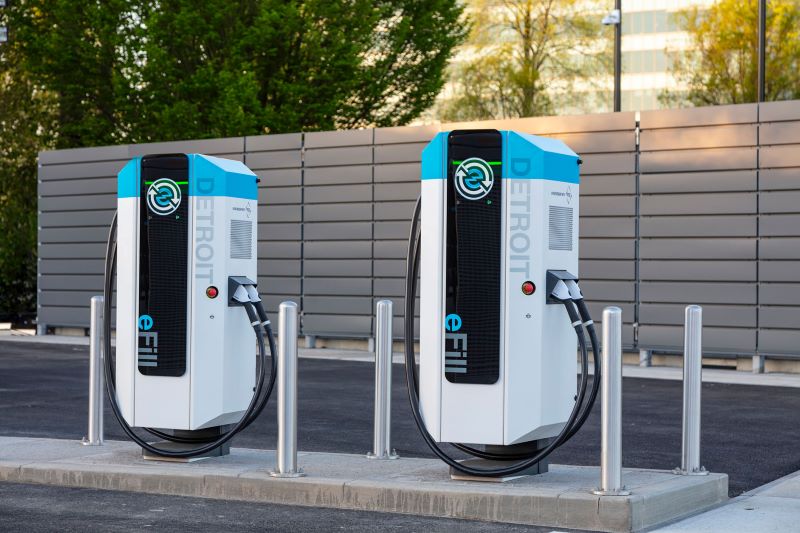
Our parent company, Daimler Truck North America, is making progress every day to make this future a reality. We're collaborating with partners to develop real-world infrastructure solutions today, like the Mobility Charging Hub, a "truck stop of the future" in Michigan set to enable those looking to make the transition to electric.
Although exciting advancements in this market are being made, we acknowledge that it can be difficult to know how to approach your next moves. We’re here for you whenever you’re ready to take the next step to achieve your zero-emission future.

